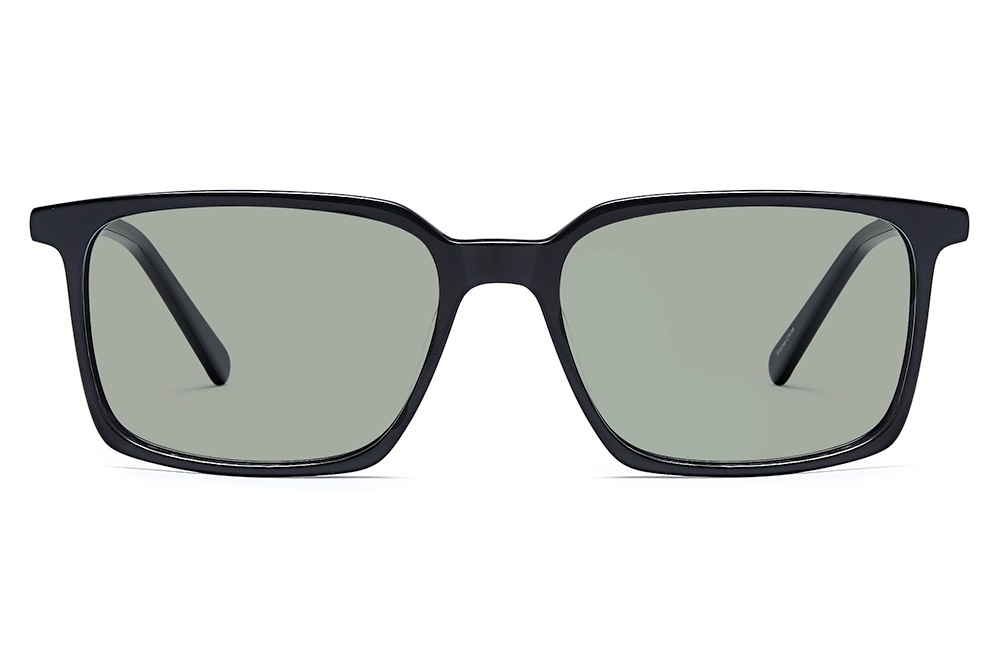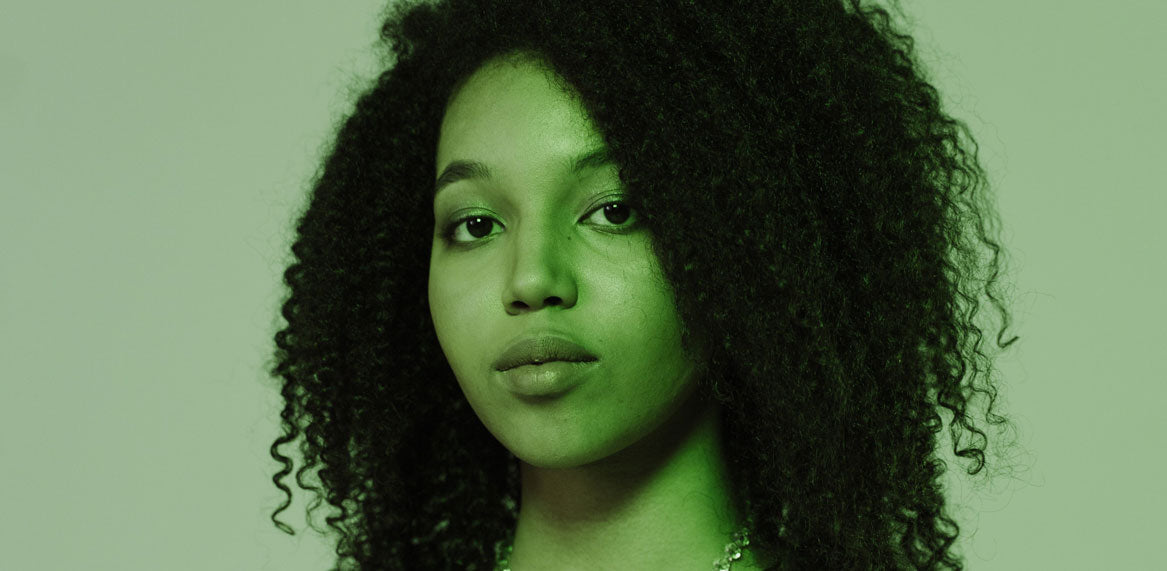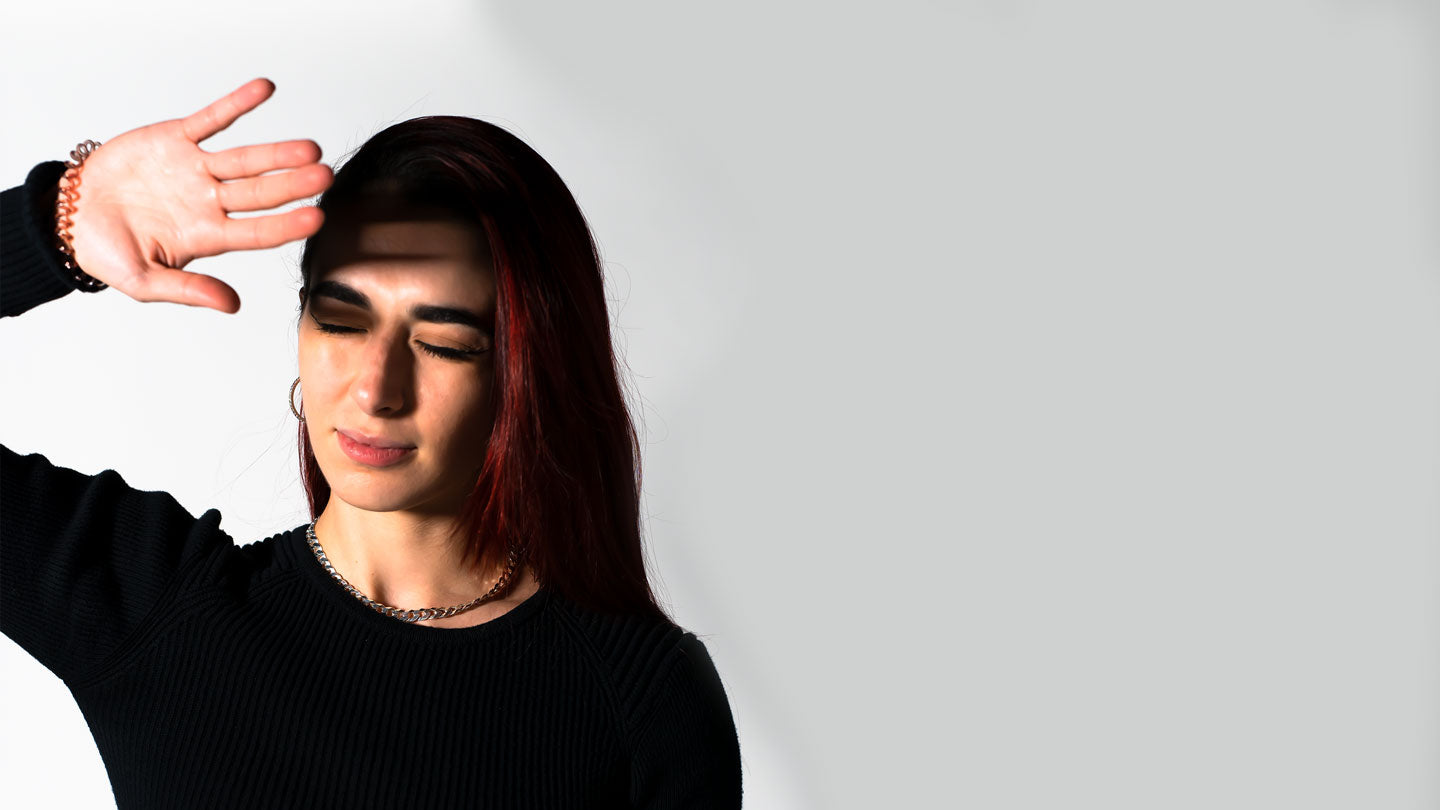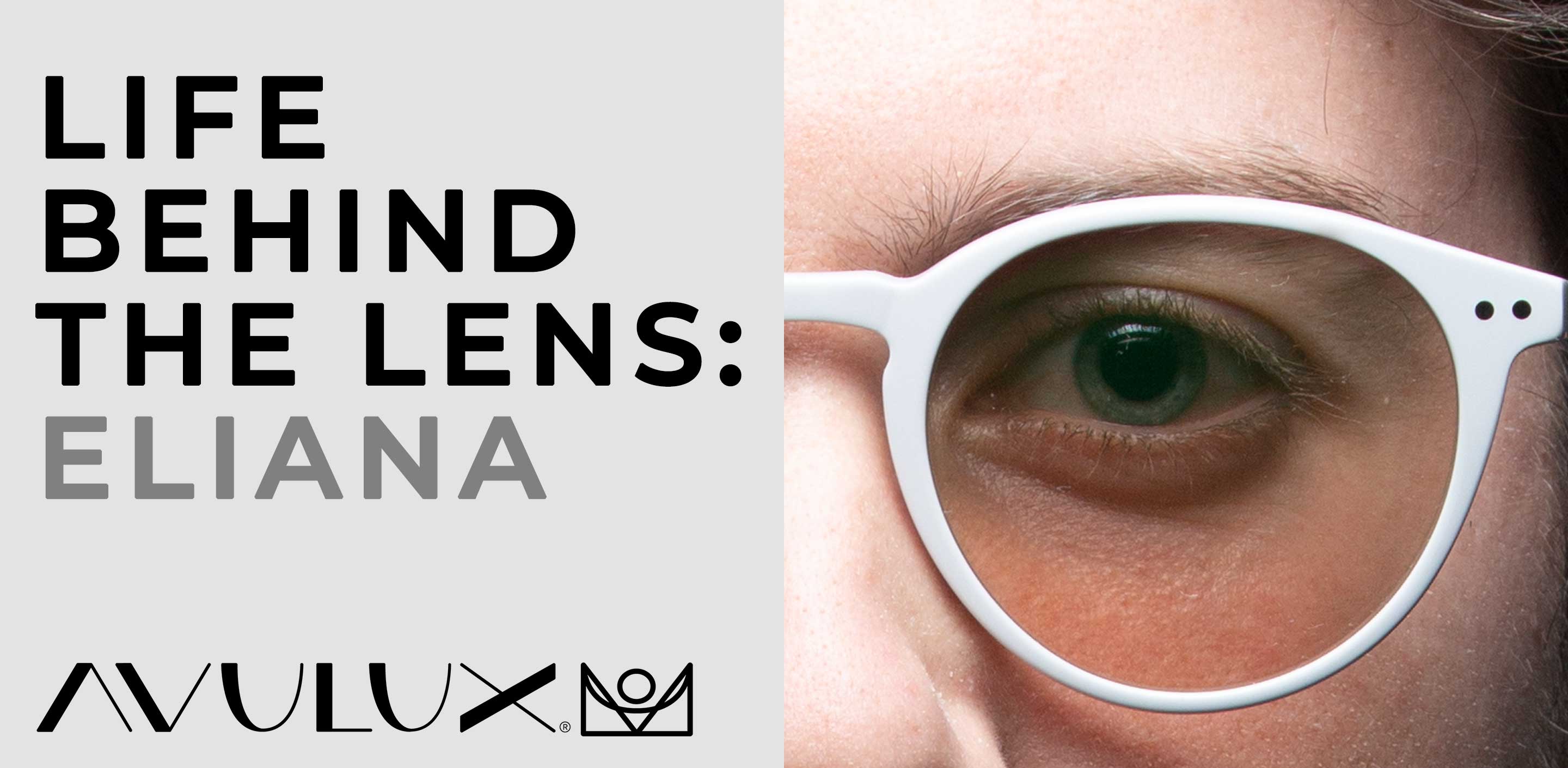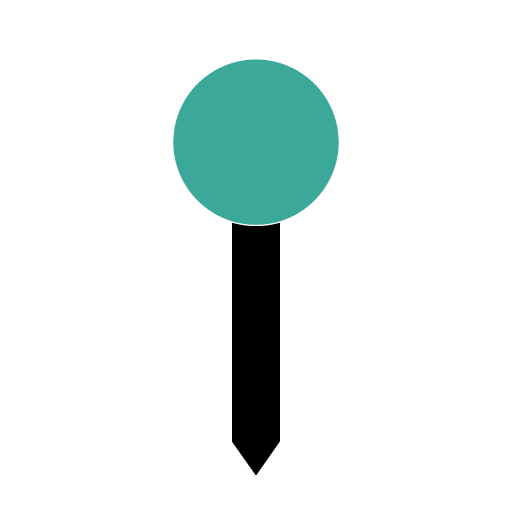Green Light Therapy for Migraine and Light Sensitivity
What is Green Light Therapy?
Let's first understand why green light therapy may help the individuals who are most sensitive to light. Whether your photophobia (light sensitivity) is attributed to migraine, iritis, corneal abrasion, traumatic brain injury, or other causes of photophobia, it's possible that your optic nerve, and the cells that play a role in sending signals through it, is more sensitive.In the past decade, researchers identified intrinsically photosensitive retinal ganglion cells (ipRGCs) at the retina of the eye that, when activated, can lead to pain1. Specific wavelengths of light in the blue and amber light spectrum most affect these cells. They hypothesized that by preventing the light that most affects these cells from entering the eye, they can prevent headache, possibly reduce pain intensity, and even prevent a migraine attack from triggering (therefore reducing migraine attack frequency as a preventive therapy).
Harvard Green Light Study
In 2016, a Harvard study tested how subjects respond to exposure to different light wavelengths (or different colors of light)2.These colors increased migraine headache pain:
- White light
- Blue light
- Amber light
- Red light
Does Green Light Help Migraine?
In the Harvard study, 20% of the subjects with migraine found that the narrow band of green light, at 530nm on the light spectrum, actually reduced their headache pain intensity when compared to a dark room.The results also showed that 80% of the subjects that were exposed to either white, blue, amber, or red light showed an intensification of headache pain at high levels of light intensity.
For high intensity green light, only half (40%) of the subjects reported an intensification of headache pain. Low intensity green light was shown to be best for pain reduction.
Interestingly, even low intensity white, blue, amber, and red light increased pain.
According to the Harvard study results, green light exposure did help for migraine pain in the sample set of subjects they collected data for.
The cortical response to green light (activity in the brain's cortex) is smaller than blue, amber, and red. Neurons in the thalamus, which plays a role in acute and chronic pain functions, are least responsive to green light (that's a good thing).
The results show that if you're able to prevent the painful light from entering your eye, you may be able to reduce the impact of light on your daily activities. Given there are no real lasting side effects from sitting in a room with a green light, it's certainly worth trying.
Green Light Options for People with Photophobia and/or Migraine
The Harvard study tested narrow bands of light and their impact on people with migraine. They found that a narrow band of green light at 530nm helps reduce pain and they did this in a controlled environment. There are green light options on the market today, and the Allay Lamp specifically aligns with the Harvard study.If you're able to stay in a dark room with your green light during or before a migraine attack, you may be a part of the 20% of subjects that find a reduction in pain, or hopefully you'll be one of the 60% that does not find that green light increases your pain so you can continue to read or write with a low-impact light.
It's important to note that not all light is equal. Various LED and smart-bulb vendors sell multi-colored lights. What it comes down to is precision. Not all colors are the same and not all lights are capable of reducing their output to a narrow band of green light. Luckily, there are even precision tinted optical filters (light sensitivity glasses) available today that can precisely remove the most harmful light while allowing in green light in lower intensity.
Green Light Glasses for Migraine and Light Sensitivity
Green light studies aside, independently run clinical studies were performed on subjects with migraine to test how Avulux glasses for migraine & light sensitivity may help by precisely filtering light.In 2020, subjects with episodic migraine wearing Avulux showed a clinically significant improvement measured over all migraine attacks, when wearing the glasses at the onset of a migraine attack, without taking any abortive medications.
Not one subject reported any negative side effects after wearing Avulux glasses.
Why Avulux Works Best
Avulux's patented migraine & light sensitivity glasses align with the most recent research on light sensitivity and migraine. Avulux effectively filters blue, red, and amber light while allowing in soothing green light.- Avulux lenses filter the wavelengths of light that are shown to overexcite the ipRGCs that release Melanopsin.
- Avulux allows in a lower intensity of the narrow band of green light that was shown to be soothing to people with migraine and photophobia.
- Avulux does not remove all light around the green band because:
- The glasses would be too dark to wear indoors.
- They could cause chronic dark adaptation (making your eyes even more sensitive to light, which can lead to pain).
- They would be uncomfortable to wear for long periods.
- They would turn your world green.
- Through Avulux's studies, the formula used to design the Avulux lens has shown efficacy in light sensitive individuals with migraine. The fair balance of light filtered versus light let in is what sets Avulux apart from other lenses on the market.
- Avulux is the only filter on the market that effectively filters up to 97% of the most harmful wavelengths of light while allowing in soothing green light.
- Avulux does not have any reported negative side effects through its clinical trials.
- Avulux can be worn indoors or outdoors.
- Avulux does not distort your color perception, as the lenses are color neutral and comfortable to wear.
- Avulux can be worn indoors or outdoors, they protect against UV rays.
Should I Try A Green Light Therapy for Migraine?
Why wouldn't you? Medications for migraine can be costly and solutions for light sensitivity are scarce.
A green light lamp can help when you're at home and able to use it.
Glasses like the Avulux Migraine & Light Sensitivity glasses can help when a dark room is inaccessible (though we find people still love wearing Avulux in their dark rooms while they're looking at screens). The science says that actively wearing precision tinted glasses, like Avulux, can help people with migraine and light sensitivity.
There are finally non-pharmacological options for migraine sufferers and people experiencing photophobia that are truly risk-free.
References
1 Noseda R, Kainz V, Jakubowski M, et al. A neural mechanism for exacerbation of headache by light. Nat Neurosci. 2010;13(2):239–245. doi:10.1038/nn.2475 https://www.ncbi.nlm.nih.gov/pmc/ articles/PMC2818758/
2 Rodrigo Noseda, Carolyn A. Bernstein, Rony-Reuven Nir, Alice J. Lee, Anne B. Fulton, Suzanne M. Bertisch, Alexandra Hovaguimian, Dean M. Cestari, Rodrigo Saavedra-Walker, David Borsook, Bruce L. Doran, Catherine Buettner, Rami Burstein, Migraine photophobia originating in cone-driven retinal pathways, Brain, Volume 139, Issue 7, July 2016, Pages 1971–1986, https://doi.org/10.1093/brain/aww119




